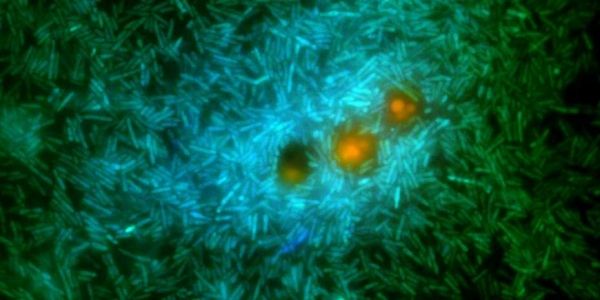Meteorologists have known for almost 50 years that the proverbial flapping of a butterfly’s wings can trigger a hurricane in a completely different location. The chaos theorist Edward Norton Lorenz coined the term “butterfly effect” in 1972 to describe the understanding that minimal changes in initial conditions can have a large effect on the later development of dynamic systems.
But now results from the research group led by Roman Stocker from the Institute of Environmental Engineering at ETH Zurich suggest that in future, meteorologists will have to pay attention not only to butterflies but also, and above all, to bacteria living in oceans. “We have shown the circumstances under which these bacteria release a gas that plays a central role in the formation of clouds,” Stocker says.
In their work, which has just been published in the journal Nature Communications, the researchers looked at the microorganisms that feed on the metabolic products of marine phytoplankton. This term encompasses a wide variety of microscopic algae that together perform more photosynthesis than all plants. That means the true lungs of the earth are not the forests, but the oceans: about half the oxygen in the earth’s atmosphere is produced there. Each year the phytoplankton also produce over a billion tonnes of a substance called dimethylsulphoniopropionate, or DMSP for short.
Continue reading at ETH Zurich
Image via ETH Zurich


